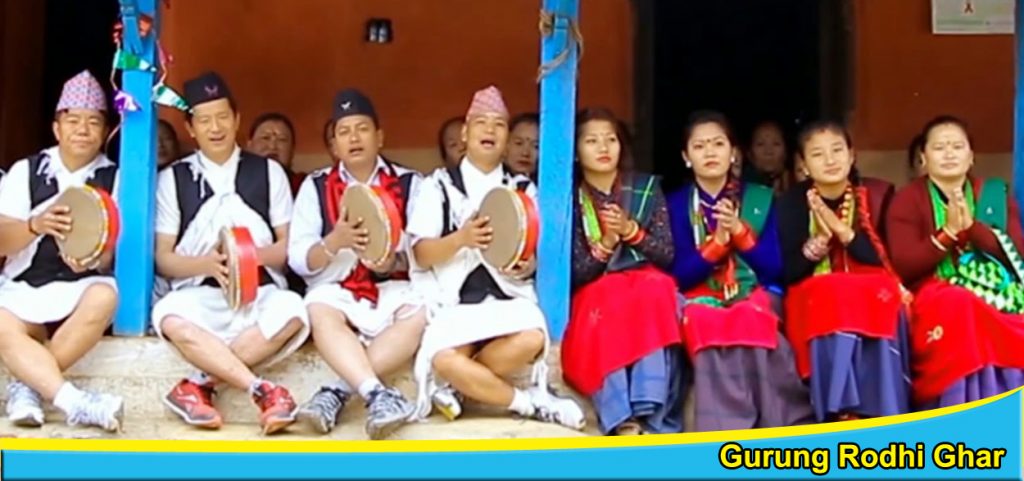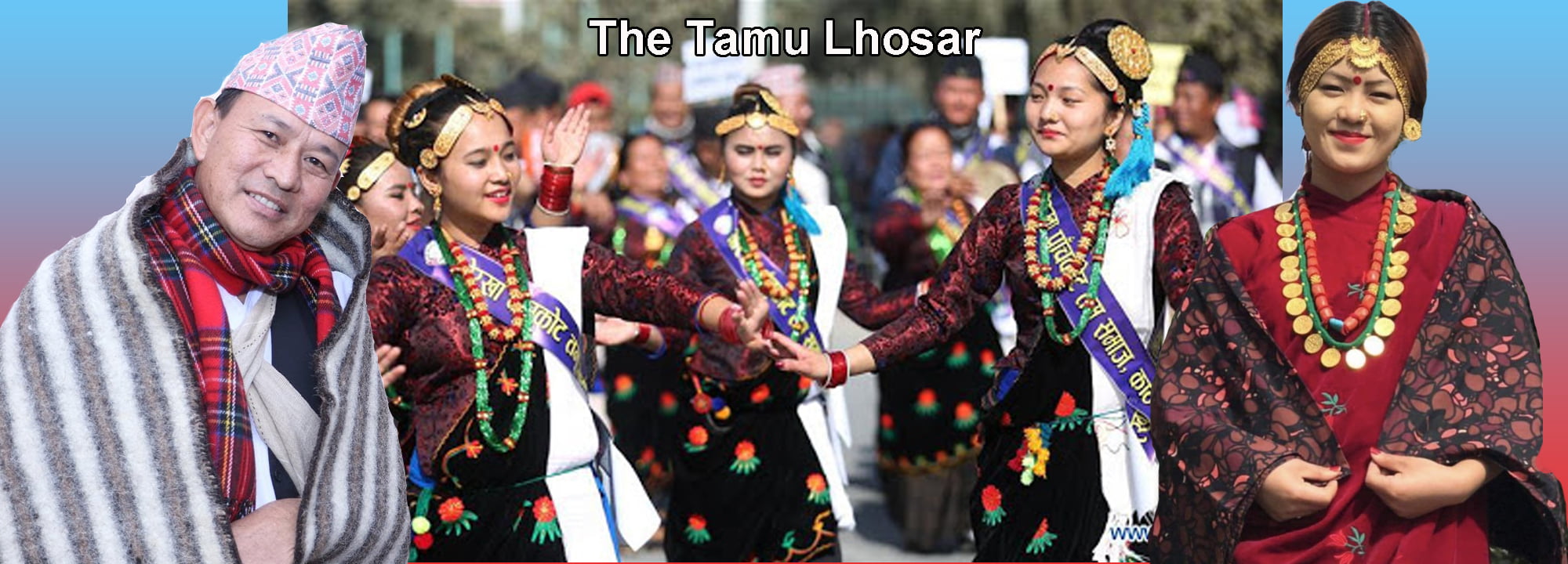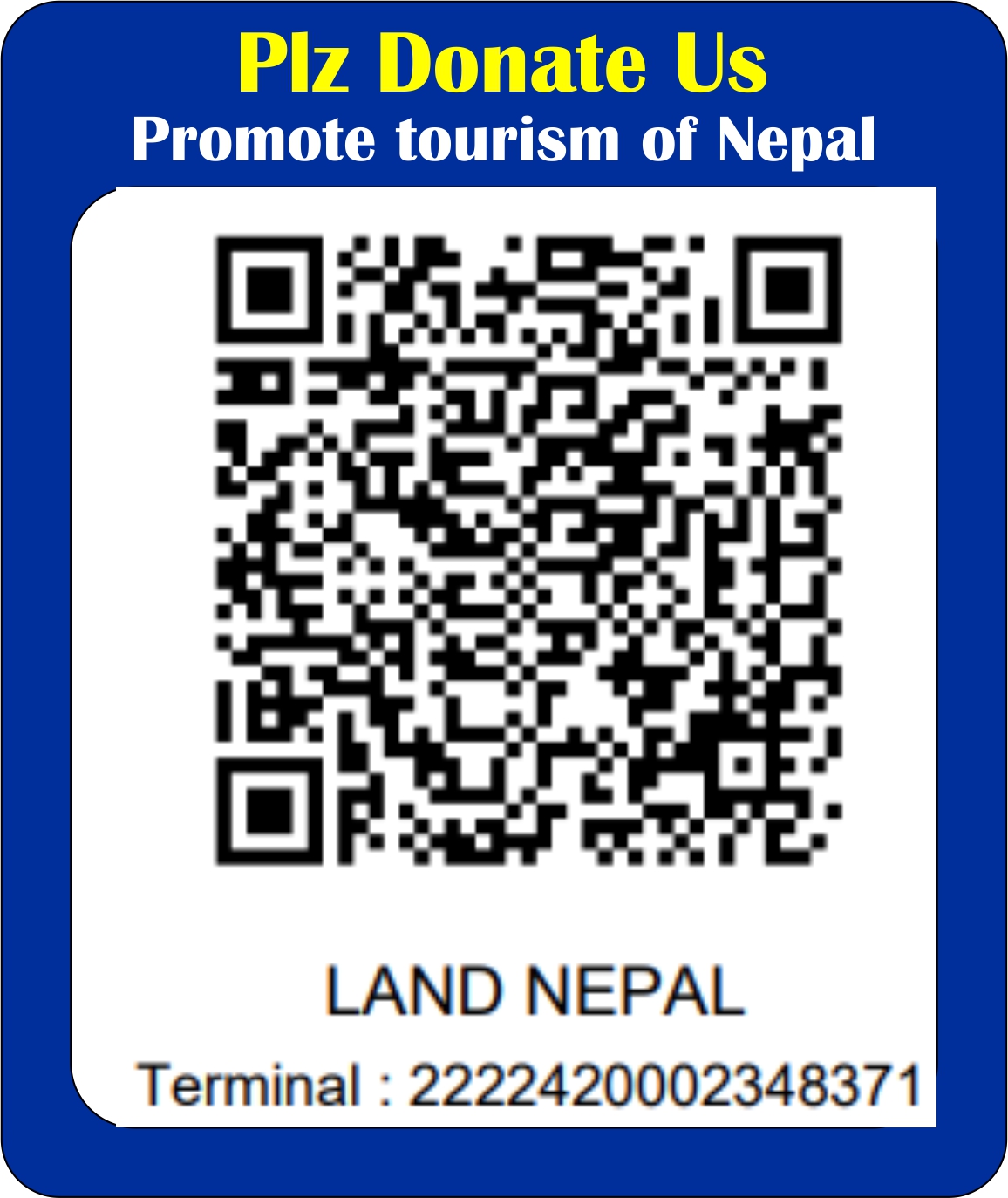Nepal is always renowned in the global community for its immense peculiar prides. Among those, the cultural variation in the country stands as one of the most unique characteristics for the high popularity of our nation. It won’t be wrong to say that the diversities in our cultures, languages, traditions, festivals and ethnicities stand out amongst the global culture. Being a small country in area but enriched with such blessings can never be ignored. The density of culture and ethnicities held by our mother is so high that it never fails to catch the attention of the the cultural fraternity around the world. One of them is Gurung culture. Gurungs are the tribes of Gurkha. Gurung people are also known as ‘Tamu’. Tamu is a tibetian word which reads as horsemen. The name Gurung is derived from the Tibetian word ‘Grong’ which means farmers.They are one of the indigenous groups of our country.
The population census of Nepal held in 2011 reports that there are 5,22,641 Gurungs living their in Nepal. The data is precised as: Manang has the highest number of residing Gurungs (52.4%), Lamjung comes second(31.3%), mustang – 21.4%, Gorkha – 19.7% , Kaski – 16.6%, Tanahun – 11.5%, Syangja – 9%, Dolpa – 7.1%, Chitwan – 6.8%, Dhading – 5.5%, Sankhuwasabha – 5.4%, Taplejung – 4.6%, Parbat – 3.7% , Rasuwa- 3.1%, Terathum – 2.9%, Ilam- 2.9%, Kathmandu – 2.6%, Nawalparasi – 2.4%, Rupandehi – 2.0%. Gurungs are originally habituated to the hills and mountains. They are found dominantly in the districts like Manang, Mustang, Kasaki, Lamjung, Gorkha, Parbat and Syangja of the country. These districts fall on the higher altitudes. The language they speak is the Gurung language. Their other verbal tones for expression includes Tamu kwyi, Manang, Loke and Seke.

One single ethnic race speaking these many languages. Isn’t is awesome? The Gurungs abides by the Buddhist norms in majority. 62.72% of the Gurungs follow Buddhism, 32.18% of them follow Hinduism and traceable count of (2.32%) prefer Bonopo religion. Gurungs initially were the moody groups. They were wanderers. They are believed to be found wandering in the west Tibet before entering to our country. The then ancient Tibetians predate that the Bhuddism was introduced in the 7th century. Gurungs remained as the ones to believe in the theory of soul detaching from the body. They follow their rituals like worship, marriage ceremony, birth, funeral under the Bhuddhist and Bon religion. The oral text of Gurungs is called Pye (Uthon) and their traditional religious scripture is known as Pye-ta Lhu-ta. These contain their traditional history. Gurungs celebrate their own distinct festivals.
Loshar is the biggest festival of Gurungs. “Lo” means ‘year’ and ‘char’ means ‘new’. So, people of Gurung community regard it as the new year at the tail of December as per their ancient calender of western culture. There are three different types of Loshar due to the diversities of the communities. Namely, Sonam Loshar, Tamu Loshar and Gyalpo Loshar but all of theme are celebrated for new year. The other renowned customs of Gurungs are Pudpude, Ghatu, Rodhi etc. Pud-pude is the celebration to receive the first born male child in the family. Ghatu dance is one of the most popular dance of Nepal in which the dance drama is performed by only the virgin girls. Rodhi is the meetup where the young Gurungs gather for singing, dancing and other entertainments. Rodhi is performed in Rodhi Ghar under the supervision of an elderly women of the same community. Gurungs are the indigenous group of the country but it nowhere lags behind to reflect the pride of our culturally rich nation. Their distinct celebrations, beliefs, festivals add inevitably to the abundance of traditions in our country.
-Article written by: Suyash Dhakal for Land Nepal




